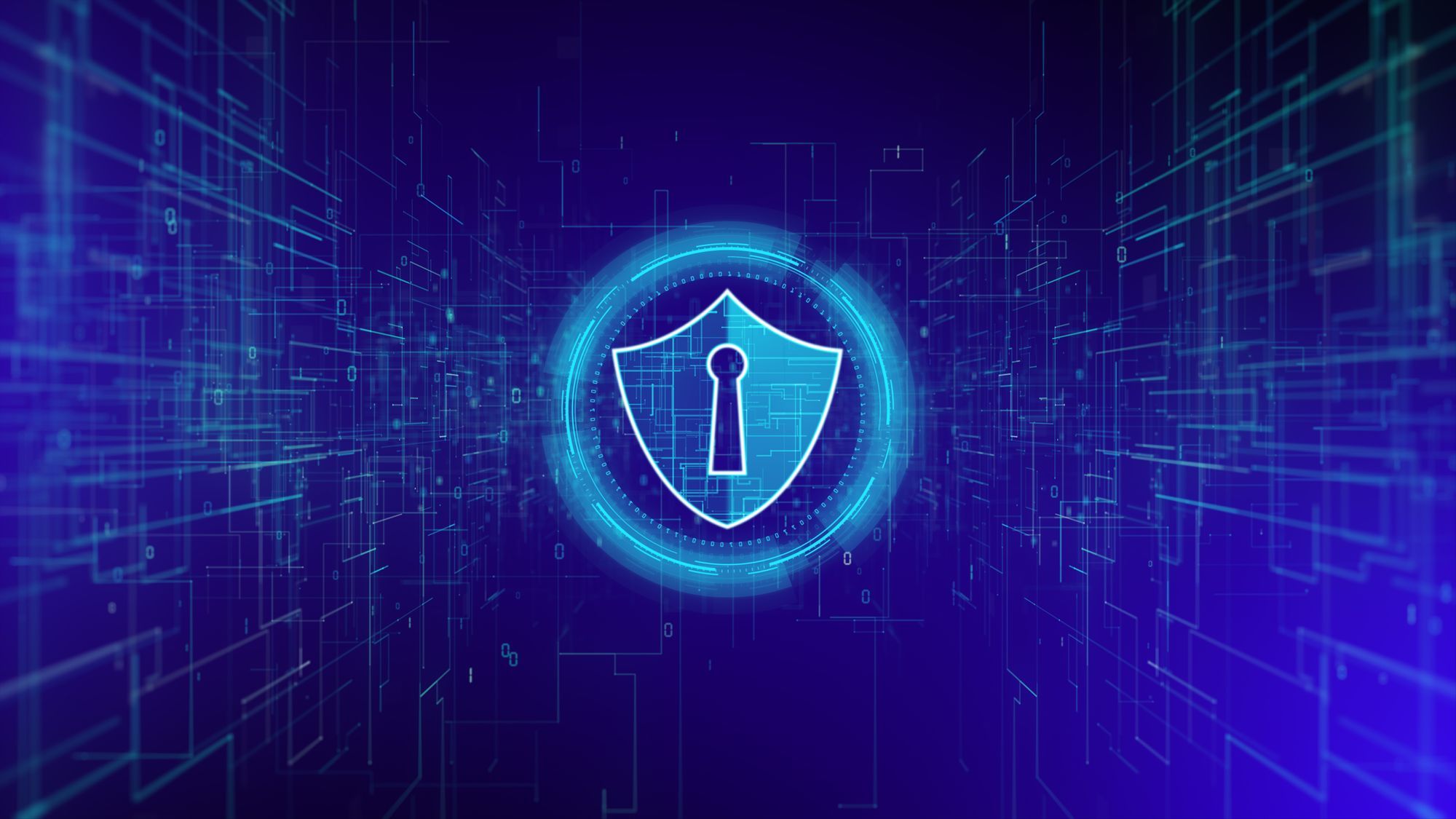Last updated at Wed, 24 Jan 2024 16:05:52 GMT
CIEM product leaders looking to remain competitive in Cloud Security and IAM practices should consider prioritizing specific capabilities in their planning in order to address new and emerging threats and, as Gartner says:
- Gain a further competitive edge in the CIEM market by investing in more-advanced guided remediation capabilities, such as automated downsizing of over-privileged accounts.
- Appeal to a larger audience beyond cloud security teams by positioning CIEM as part of broader enterprise security controls.
Businesses not currently prioritizing CIEM capabilities, however, can’t simply “do a 180” and expect to be successful. Managing entitlements in the current sophisticated age of attacks and digital espionage can feel impossible. It is imperative for security organizations to adopt updated access practices though, not only to remain competitive but to remain secure.
Least Privileged Access (LPA) approaches lacking in effectiveness can find support in CIEM tools that provide advanced enforcement and remediation of ineffective LPA methods. Gartner says:
“The anomaly-detection capabilities leveraged by CIEM tools can be extended to analyze the misconfigurations and vulnerabilities in the IAM stack. With overprivileged account discovery, and some guided remediation, CIEM tools can help organizations move toward a security posture where identities have at least privileges.”
Broadening the portfolio
Within cloud security, identity-verification practices are more critical than ever. Companies developing and leveraging SaaS applications must constantly grapple with varying business priorities, thus identity permissions across these applications can become inconsistent. This can leave applications — and the business — open to vulnerabilities and other challenges.
When it comes to dynamic multi- and hybrid-cloud environments, it can become prohibitively difficult to monitor identity administration and governance. Challenges can include:
- Prevention of misuse from privileged accounts
- Poor visibility for performing compliance and oversight
- Added complexity from short-term cloud entitlements
- Inconsistency across multiple cloud infrastructures
- Accounts with excessive access permissions
Multi-cloud IAM requires a more refined approach, and CIEM tools can capably address the challenges above, which is why they must be adopted as part of a suite of broader enterprise security controls.
Accelerating cloud adoption
Technology and service providers fulfilling IAM services are in critical need of capabilities that can address specific cloud use cases. Gartner says:
“It is a natural extension to assist existing customers in their digital transformation and cloud adoption journey. These solutions are able to bridge both on-premises identity implementations and cloud to support hybrid use cases. This will also translate existing IAM policies and apply relevant elements for the cloud while adding additional use cases unique to the cloud environment.”
In fact, a key finding from the report is that “visibility of entitlements and rightsizing of permissions are quickly becoming ‘table stakes’ features in the CIEM market.”
Mature CIEM vendors can typically be expected to also offer additional capabilities like cloud security posture management (CSPM). InsightCloudSec from Rapid7 is a CIEM solution that also offers CSPM capabilities to effectively manage the perpetual shift, adoption, and innovation of cloud infrastructure. Businesses and security organizations can more effectively compete when they offer strong solutions that support and aid existing CIEM capabilities.
Gartner, “Emerging Tech: CIEM Is Required for Cloud Security and IAM Providers to Compete”
Swati Rakheja, Mark Wah. 13 July 2022.
Gartner is registered trademark and servicemark of Gartner, Inc and/or its affiliates in the U.S. and internationally, and is used herein with permission. All rights reserved.
